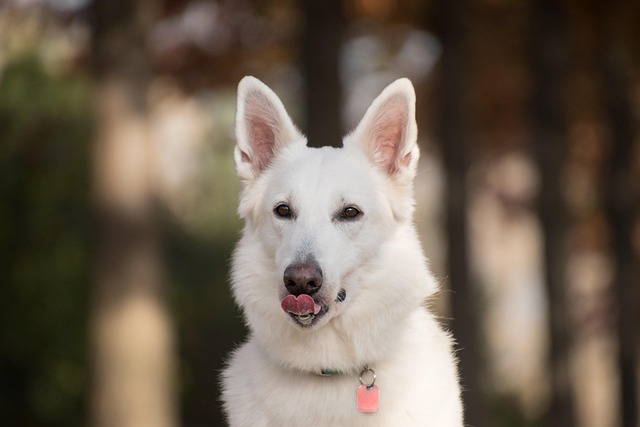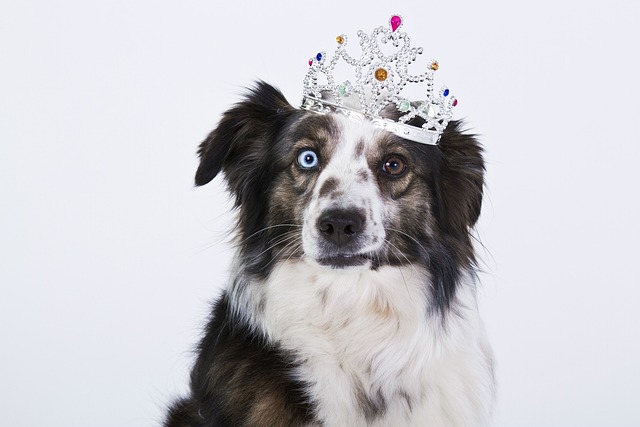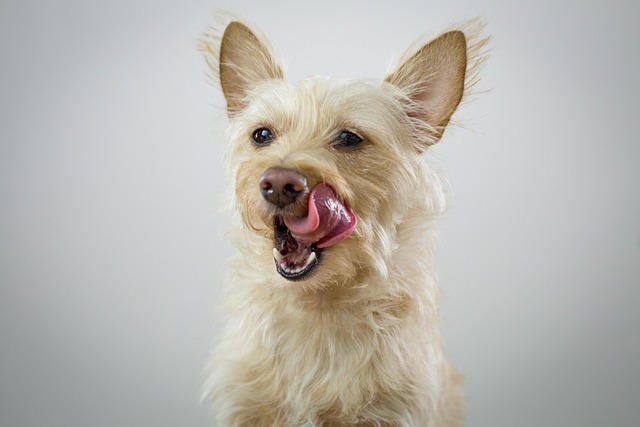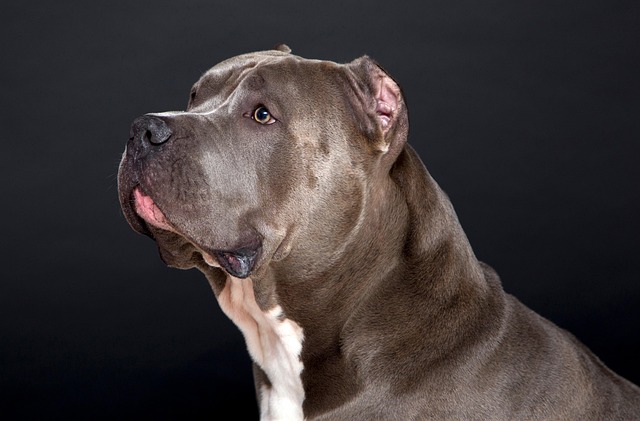
Are Irish setters easy to potty train?
When the Irish setter walks with an elegant pace, its reddish-brown hair shines in the sun, and its lively eyes are full of curiosity and enthusiasm, anyone will be attracted by this unique charm.
In the wonderful journey of training dogs, rewards are like bright lighthouses, guiding dogs in the right direction of behavior and illuminating their path of learning and growth. Every training session is an opportunity for us to deepen our emotional bond and establish trust with our dogs, and rewards are an indispensable key element in this process. Choosing appropriate rewards not only affects the effectiveness of training, but also embodies our deep love and expectations for dogs. We hope that through rewards, dogs can learn happily and grow strong in a positive atmosphere.
Food rewards are undoubtedly one of the most common and effective ways of rewarding. Dogs have a strong innate craving for food, and delicious snacks have a huge appeal during training. When a dog successfully completes a command, such as quickly sitting down upon hearing the "sit down" command or lying down as required, a delicious piece of chicken jerky or a small piece of cheese can instantly make the dog feel that their efforts have paid off. Different dogs have varying preferences for food, with some preferring meat snacks while others have a particular fondness for dried fruits. Understanding a dog's taste preferences and selecting their favorite food as a reward can greatly increase their motivation. For example, for dogs who enjoy meat, prepare some fresh cooked beef pellets during training, and reward them promptly whenever they perform well. The dog will work harder to obey instructions in order to obtain this delicious food. The immediacy of food rewards is strong, allowing dogs to quickly associate correct behavior with rewards and accelerate their learning process. However, it should be noted that excessive reliance on food rewards may lead to obesity in dogs and affect their health. So, when using food rewards, it is important to control the amount and use it as an auxiliary tool during the training process, rather than a long-term motivational approach.
Toy rewards are also deeply loved by dogs. Dogs are born to love playing, and a toy they like, such as a plush ball, frisbee, etc., can have a powerful motivational effect during training. When a dog completes a difficult training task, such as learning complex touring movements, throwing its beloved toy to it, and letting it play to its heart's content for a while, it can feel a great sense of achievement. Toy rewards can not only stimulate a dog's enthusiasm, but also exercise its physical fitness and reaction ability. For example, when training a dog to catch a frisbee, if the dog successfully catches the frisbee and returns it to its owner, then throws the frisbee back to it to continue enjoying the chase, the dog will continuously strengthen its frisbee catching skills during this process. Moreover, toy rewards can enhance the interaction between dogs and their owners, deepening mutual feelings during play. But it is important to choose toys that are suitable for the age, body type, and personality of the dog, to avoid toys that are too large or too small, as well as unsafe materials that can cause harm to the dog.

Praise and touch are also very important ways of rewarding. Dogs have a deep emotional dependence on their owners. A "good dog" or "great dog" from the owner, accompanied by gentle caresses, is an invaluable reward for the dog. When a dog performs well in training, we praise it with a cheerful and emotional tone, while gently stroking its head and back. Dogs can feel recognition and love from our voice and touch. This emotional reward can satisfy the dog's need for attention and love from its owner, making it more willing to obey their commands. For example, after a dog learns the "handshake" gesture, we praise it while gently shaking its paw. The dog will be filled with joy because of the owner's affirmation and actively cooperate with subsequent training. Praise and caress rewards come at no additional cost and can be given at any time, making them a sustained and stable form of motivation. But it is important to maintain consistency in the language and tone of praise, so that the dog knows clearly what kind of behavior can be rewarded.
Game rewards are also an effective means of training dogs. Playing an interesting game with a dog, such as hide and seek, tug of war, etc., can help the dog consolidate its training results in happiness. After completing a series of training tasks, play a hide and seek game with the dog. The owner hides it and lets the dog search for it. When the dog finds its owner, give it a warm response and praise. This reward method allows dogs to learn in a relaxed and enjoyable atmosphere, while also exercising their sense of smell, observation, and thinking abilities. Tug of war games can enhance a dog's confidence and strength. During the game, when the dog successfully pulls on the rope, encourage it and make it feel recognized for its abilities. However, in game rewards, it is important to control the intensity and duration of the game to avoid excessive excitement or fatigue for the dog.
The selection of rewards for training dogs depends on their personality, preferences, and specific training content. Every dog is unique, and their reactions to different rewards are also different. We should observe dogs with care, understand their preferences and needs, and flexibly use various reward methods to make rewards a powerful tool for training dogs. During the training process, we are not only teaching dogs skills, but also establishing deep emotional connections with them. By providing appropriate rewards, dogs can grow strong in love and encouragement, becoming the most loyal and adorable companions in our lives. The beautiful friendship between us and dogs can be constantly elevated during the training process, creating more joyful and warm memories together.

When the Irish setter walks with an elegant pace, its reddish-brown hair shines in the sun, and its lively eyes are full of curiosity and enthusiasm, anyone will be attracted by this unique charm.

When the furry little life stumbles into our lives, the soft and sticky cry and wagging tail instantly melt the hearts of countless dog owners. However, behind this sweet companionship, puppy potty training is like a mountain in front of them.

In the steel jungle of the city, more and more people are eager to have a furry companion to add more warmth and companionship to their lives.

Training puppies to develop good house bowel habits is a process that every pet owner looks forward to and is full of challenges. This is not only about the cleanliness of the home environment,

Dog walking is supposed to be a pleasant time for people and dogs to enjoy each other's company, but when the dog drags the leash and rushes around, this beautiful moment is broken.

When a dog suddenly poops in a specific area of the house, it not only causes cleaning troubles but also makes the loving owner feel anxious and helpless.